Explore Spain's Andalucían Mountains on horseback
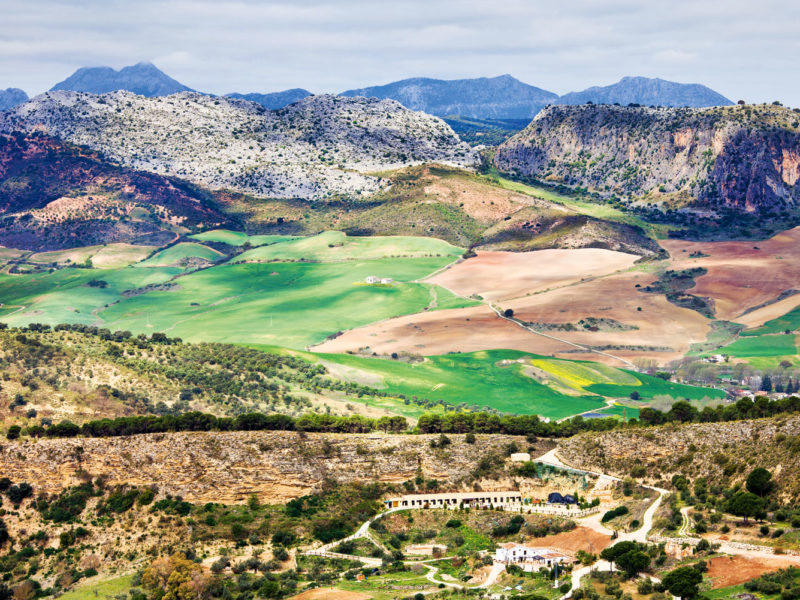
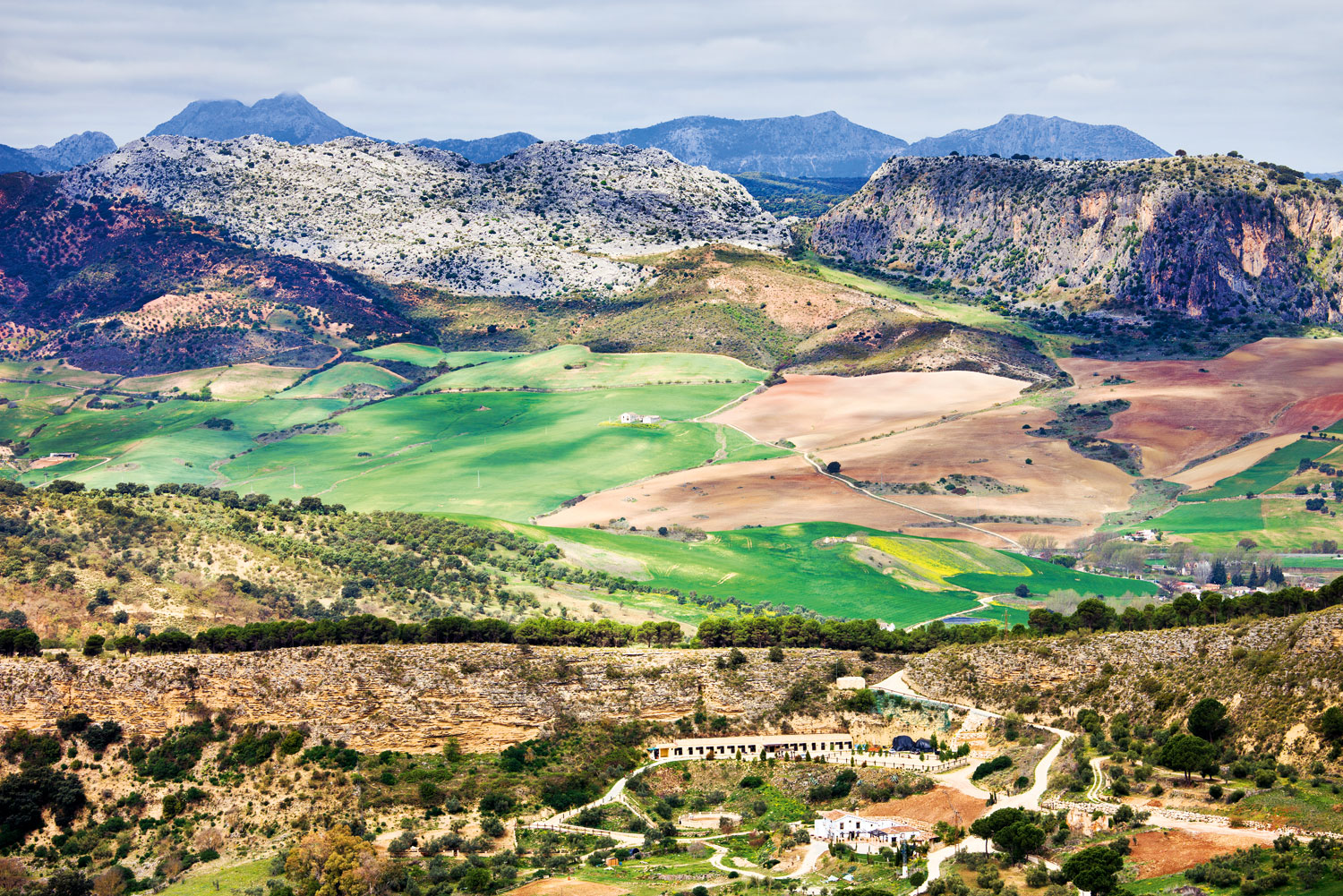
The fertile hills of Andalucía give way to mountains and their ancient trails.
Riding through the rustic charm of the Andalucían Mountains on horseback was a journey through the region’s rich history.
Traversing Andalucía’s Serranía de Ronda on horseback is definitely not on the well-worn tourist trail when it comes to Spain, yet here I am, riding a beautiful Hispano Arab named Acecho across ancient trails and hidden paths in a stunning part of the world.
Arriving at Ride Andalucía on a warm southern European winter’s morning, the horses are saddled and ready to go.
Karen, our experienced guide, has spent a lifetime working with horses.

The Andalucían Mountains region has a unique equine tradition.
The animals selected by the stables are born and bred in the mountains, and are sensible, intelligent, courageous and well trained. Acecho’s name is derived from the famous Bandolero horses and means ‘ambush’.
His lineage is a mix of the three oldest equine breeds, Arab, Andalucían and English TB. These are the most prolific bloodlines on the planet and have earned the nickname ‘Tres Sangres’ – three blood.
Much thought is given to matching horse and rider and guests are escorted by trilingual guides (English, Spanish and French) along ancient trails found for Karen by local horsemen, shepherds, gypsies, farmers and hunters.
The mountains of Andalucía have always been the perfect place for people to make themselves scarce in times of conflict. Fish merchants would also use the trails to carry goods from the coast to villages, mostly from Costa De Sol and the Straits of Gibraltar, travelling with mules in the coolness of night.
Smugglers transported silks and spices into the Andalucían hills, principally from Africa to Ronda, selling them to the Spanish nobility.
The sweeping views of the African coastline and the Mediterranean Sea are just spectacular, and the country we ride through changes constantly: from open countryside and rocky trails to steep mountain climbs and level pathways that can be cantered along.
The horses handle the trails with ease as we journey 1000 metres above sea level, along the edge of breathtaking gorges, where otters can be seen.
As our journey heads back towards the stables, we arrive at the charming village of Gaucín, with its whitewashed villas clinging to the edge of the mountainside.
Gaucín has a rich history: its cave paintings have withstood the test of time from the prehistoric era; Roman soldiers rested here after the battle between Julius Caesar and the sons of Pompey in 45BC; King Henry IV liberated it in 1457, before the Moorish population rebelled against the Catholic kings in the 16th century, killing soldiers and priests.
It was the Moors who gave Gaucín its modern name: ‘hard rock’.

The fertile hills of Andalucía give way to mountains and their ancient trails.
In 1713, nearby Gibraltar was ceded to the British and by the end of the century British Gibraltarians were making the trip to Gaucín to spend the summer months in the coolness of the mountains, as some still do today.
When the French invaded in 1808, during the Napoleonic Wars, 700 experienced mountain guerrillas tried futilely to defend the town’s castle, but the invaders slayed the citizens and destroyed the town.
This is when ‘bandolerismo’ became a career; bandoleros preyed on travellers and townsfolk, robbing and killing at liberty.
The town was captured by nationalists in 1936 during the Spanish Civil War and today the mountain retreat is an abundance of culture that refelects the rich tapestry of its past.
It is a place of tranquillity and natural beauty that has retained an authentic and charming village feel.
According to Karen, the thing she loves the most about her business is the allure of exploring and discovering the ancient trails and history of this fabulous countryside.
These rides have a real sense of adventure coupled with the unique appeal of riding locally bred horses, all while enjoying outstanding views of the Mediterranean Sea and beyond.
It’s something I will never forget, and I will definitely return here on my next journey to Spain.
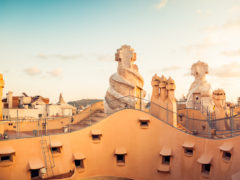
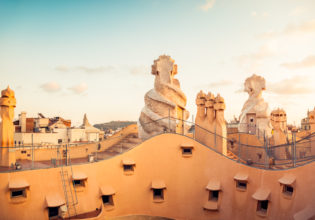
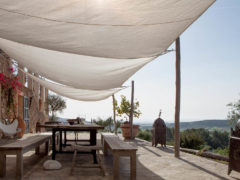
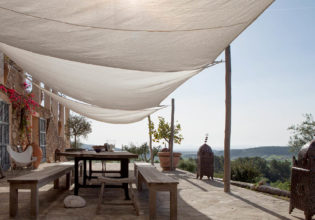
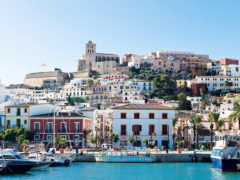
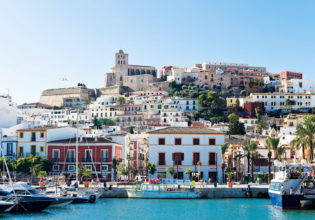
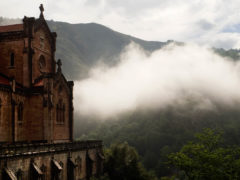
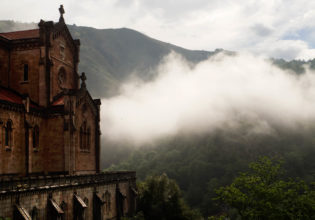
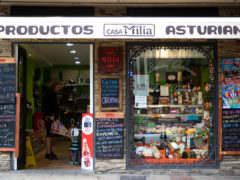
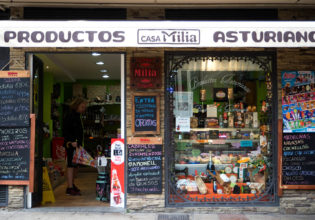


LEAVE YOUR COMMENT